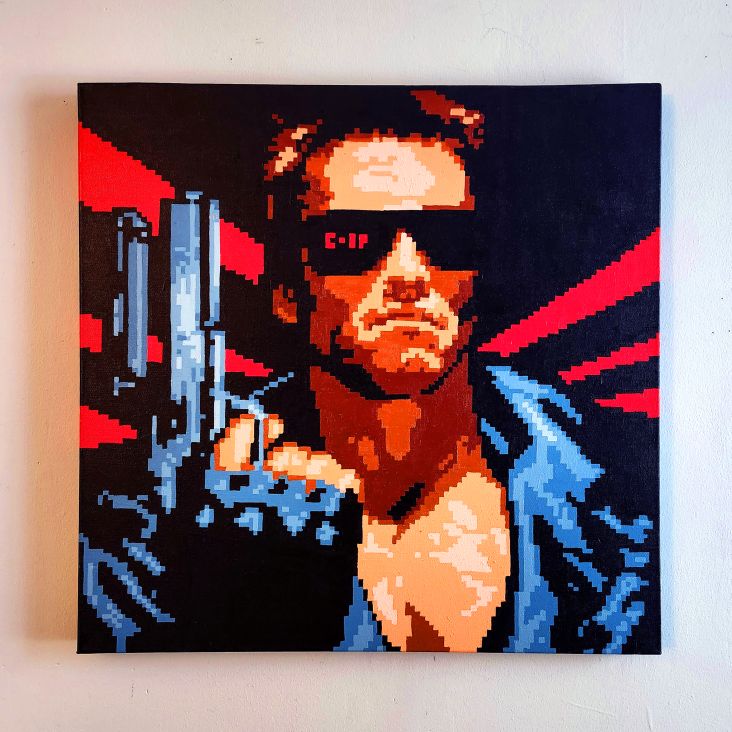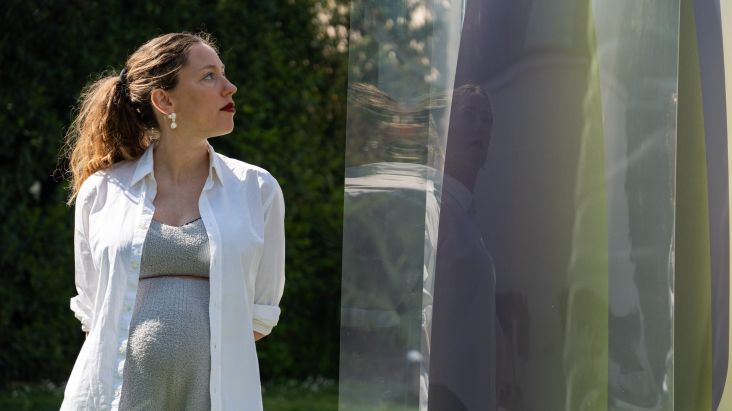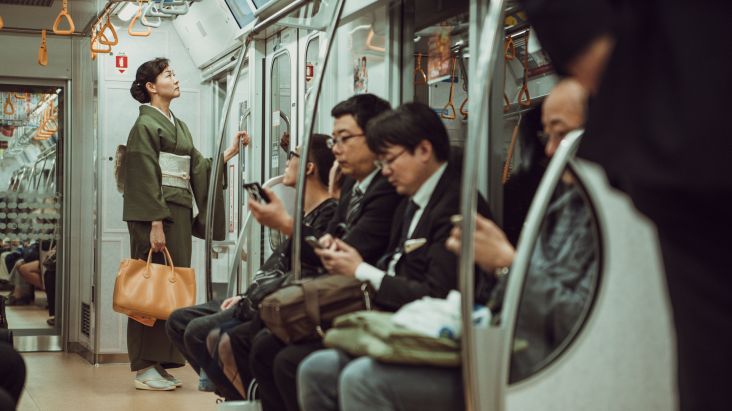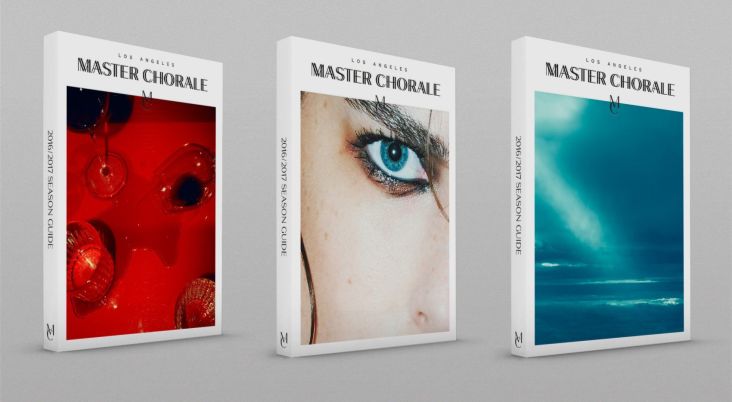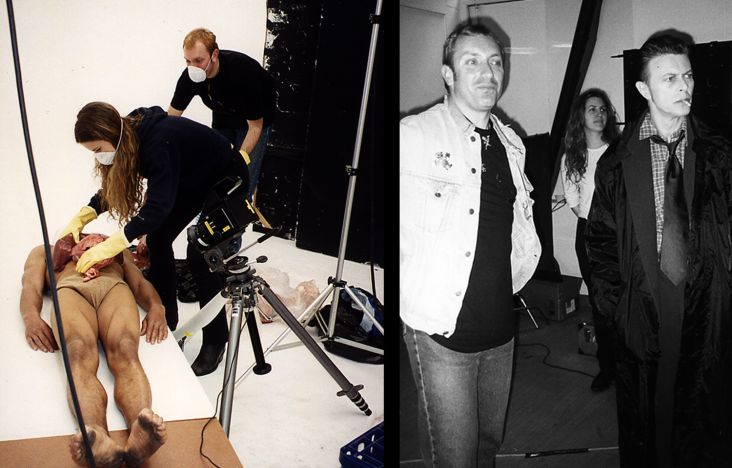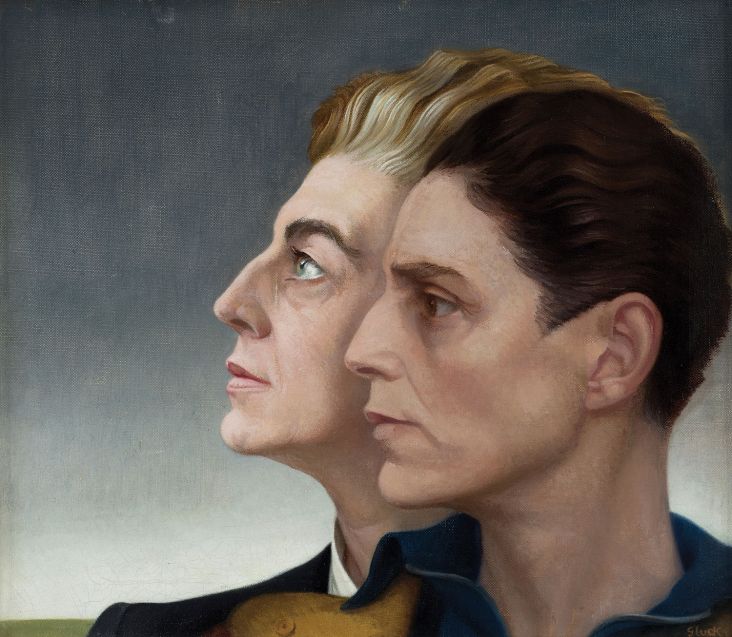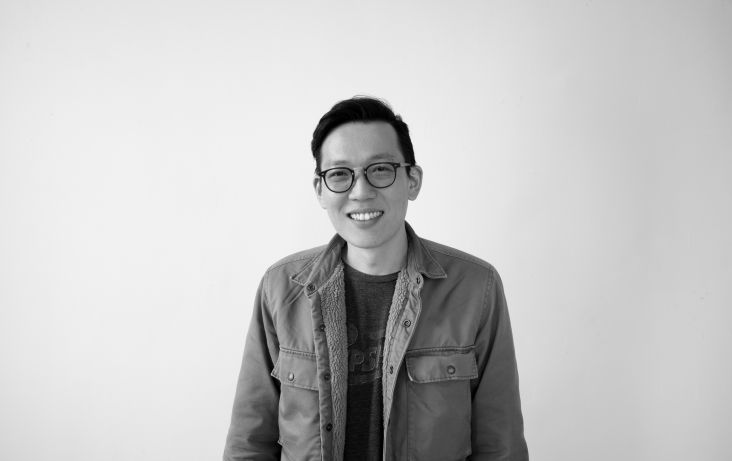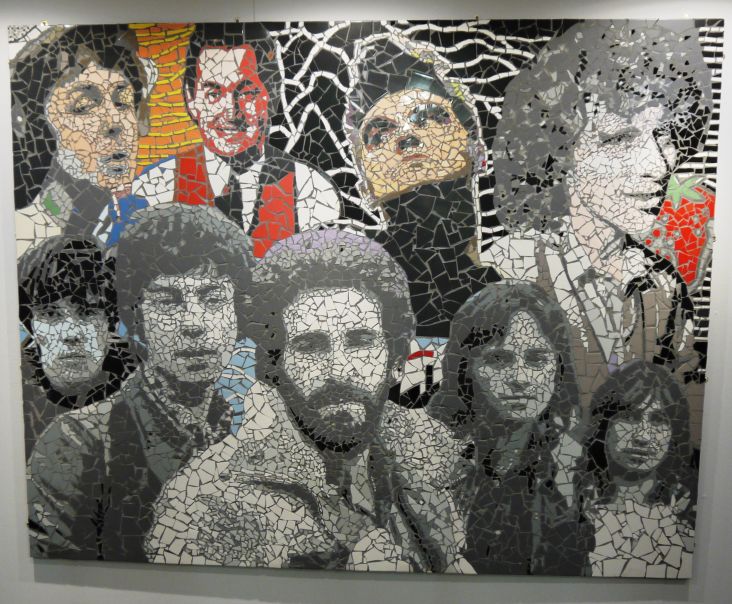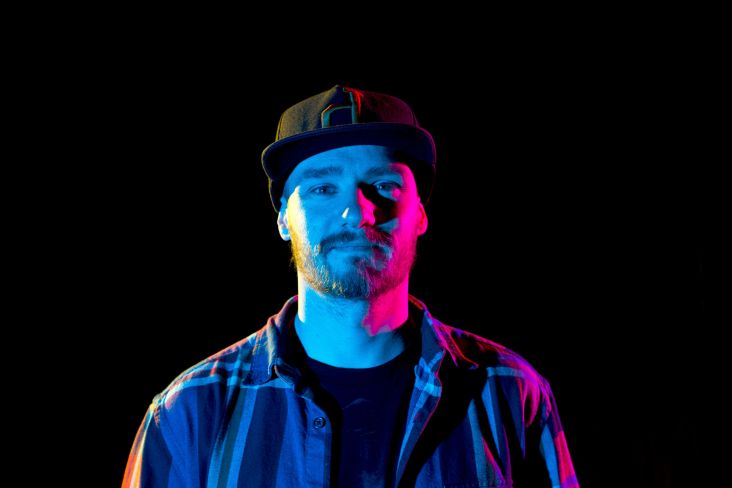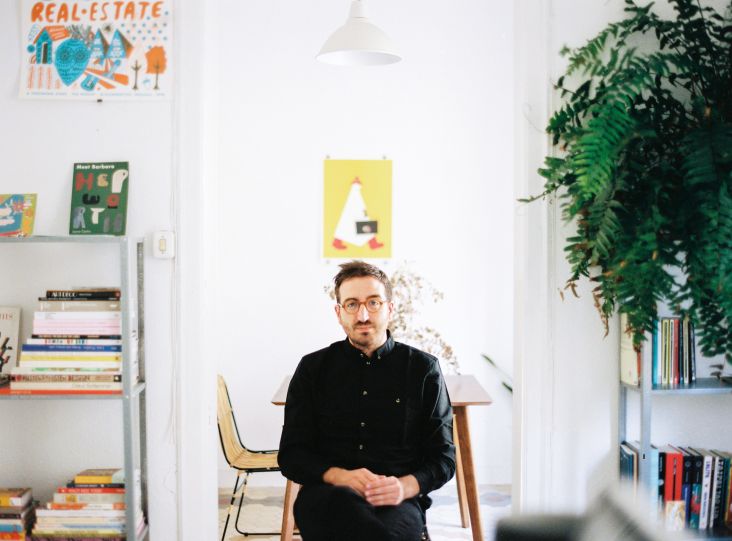NB Studio on why good design ideas arrive intuitively and the importance of studio culture
This year marks the 20th birthday of London branding and communication agency NB Studio, and in two decades its made a name for creating brilliant design solutions for a variety of different clients.
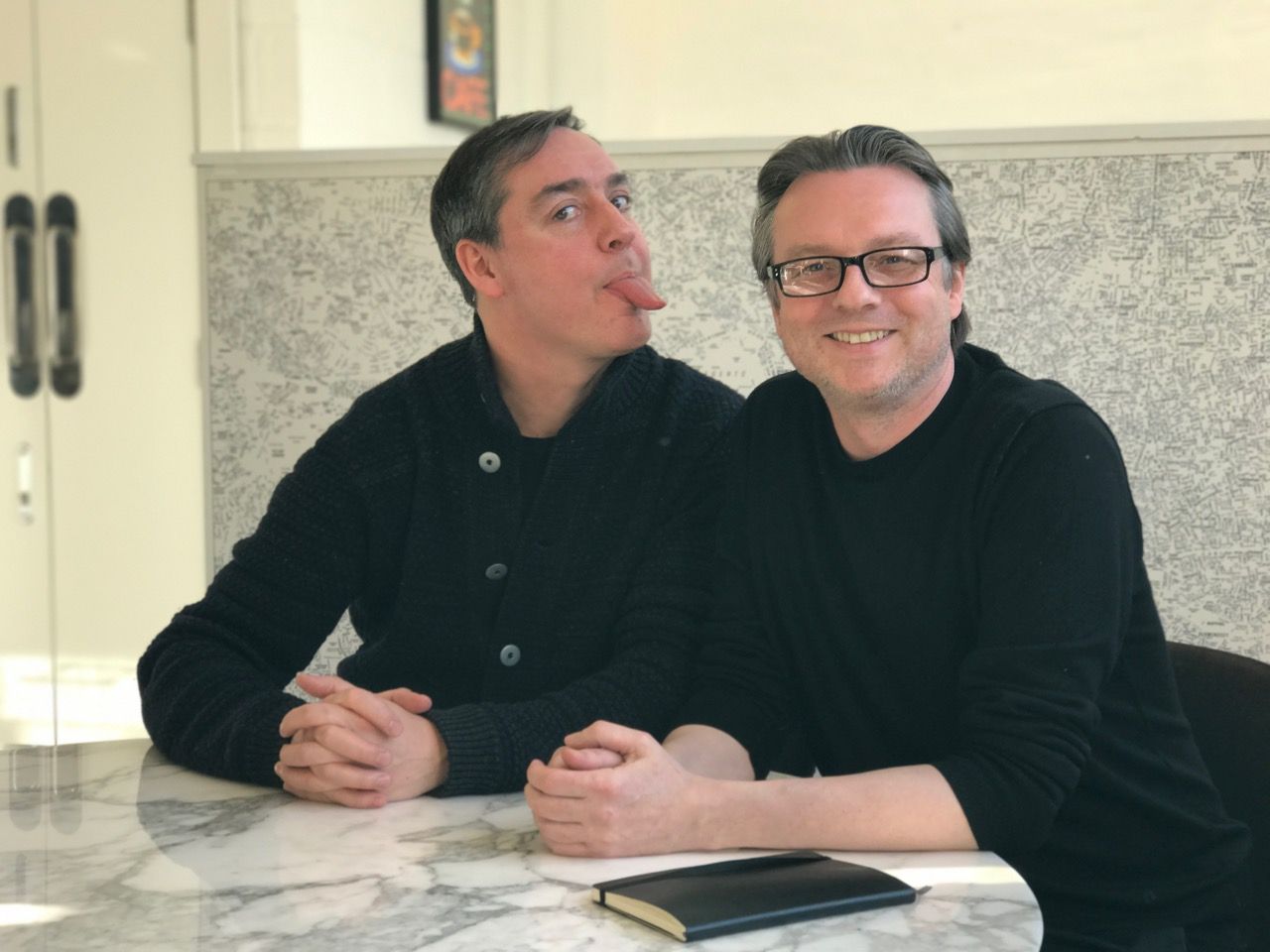
Over the years, the studio has worked on all manner of projects across the arts, retail and property sectors, those for Royal Mail, design college Ravensbourne, London's Almeida Theatre, Mothercare and Aspall cider.
Based near the Tate Modern on London’s South Bank, NB now numbers 12 full-time staff (creative directors Alan Dye and Nick Finney still work on the designs, with a team of five other designers). It's a beautiful studio, replete with sunlight that pours in over the nearby Globe Theatre, lots of books about Swiss graphic design (more on that later) and two huge red letters spelling out the agency's initials.
The NB mantra is "Creative Courage" – in their words, "a rallying cry, a touchstone, a catalyst". What does that really mean though? We popped over there for a chat with creative director Alan Dye to find out, and learned some valuable insights about why a designer needs no longer than 24 hours on a project, not hiring "people up their own assholes" and being at the helm of a "dysfunctional crazy family".
How did NB Studio first come about?
A long long time ago back in the early '90s, I was working at Pentagram with Nick Finney and Ben Stott. At that time Pentagram still had all the original partners like John McConnell, Kenneth Grange and Theo Crosby; Alan Fletcher just left. At that time you worked very closely with your partner. I was working for John Rushworth and Ben was working with David Hilman.
Ben came in to introduce the computers – they weren’t at our desks at that time, they were in a little pod over in a corner so you literally had to leave your desk to use a computer. It was great, a really wonderful place to be. You do a three or four year apprenticeship there where you learn absolutely everything. Ben, Nick and I were the only boys in the graphics team so we stuck together, then after three or four years we’d been freelancing and decided to do our own thing. I’d just bought a flat in Finsbury Park [north London] and wanted to do a bit of travelling so it seemed like a good time to set out on our own.
Nick and Ben started it off from the kitchen table when I joined a year later as the third equal partner, I’d been freelancing for a year at places like Smith & Milton, Lambie Nairn, and The Partners. I’d always worked with Nick and Ben at Pentagram and hung out with them, so it was exactly the same.
Had you studied graphic design?
I studied graphic design at Maidstone and graduated in 1990. I don’t think Ben went to art college actually.
Do you think people would be able to get a job somewhere like Pentagram today if they hadn’t gone to art college?
I think you get a job at Pentagram if you’re good. I think I showed John McConnell one piece of work and I got a job on the spot. I’ve never seen a portfolio in emptying anyone as we get them in as students, we let the young designers here get the student placements – we always have two on the go. If they’re good and we like them and get on with them when they get a job if there’s a job going. We tend to take a lot of students on from Kingston Art College as they're running – they don’t have a mentality of being the best, they want to learn the trade.
Where were you based when you started?
We shared a space over in Clerkenwell for a year, then went to Great Titchfield Street, then a beautiful space in Store Street then we’ve been here for about 12 years. I loved Store Street but we were booted out by developers, but I love it here, except for the rent.
Ravensbourne rebrand
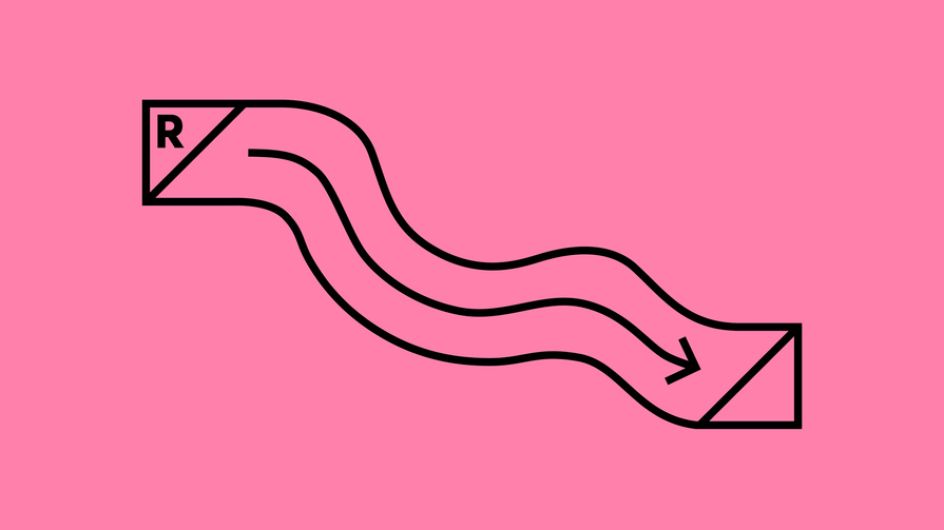
Ravensbourne rebrand
How has NB changed in the last 20 years?
I think we’ve always had a really good culture. We’ve never specialised and things comes out of our Pentagram upbringing – if someone comes to you with a problem it’s still a problem, it doesn’t matter if it’s retail or booze or banking or babies, it’s for you to solve in a really creative way and you bring on the right people to help you do that.
What's that culture like?
Friendly, competitive… it’s like a massive, hugely dysfunctional, crazy family. We have a lot of fun, but it’s very serious too. People tend to stay here longer than other places, touch wood. On Fridays, we close early and have a 'show and tell' where we either get the students to show their work or get someone in to give us a talk. Or we sit around and discuss a problem over drinks and have fun. When we do certain projects we get everyone on it for half a day and get the client involved, so it’s a real quick fire process. You don’t need to give a designer more than 24 hours on a project.
Why?
Coz they’re graphic designers! They just go round in circles and you’re wasting time. I think people have ideas or intuition but you can get to things quite quickly. You need the time to make it better but give a designer more time they’ll just do 20 versions of the same thing, or make it bigger or smaller. It’s just wanking around.
Away from the half day stints, what’s your usual process like?
We have a proper brief that asks a lot of questions – why are you doing this, why are you doing it now, what’s your favourite colour, what are you hoping to get out to it. Then you rewrite the brief with the client and it just speeds things up so you don’t end up doing 30,000 routes, you do two routes or one route. it makes you more focused.
Have you always worked like that?
You learn as you get older how to be quicker and better and you get to know your clients more, it’s about having trusting relationships with long-term clients, but also gut feeling and instinct. It’s also about sharing things with people as you might have a gem of an idea, but a student or one of your designers can make it 10 times better. We’re certainly not precious. It’s not rocket science graphic design is it, stick it on a 12 column grid, use two point sizes of a typeface and you can make anything beautiful. Nice format, nice size, nice headline, get a nice story going. It’s words and images.
Nick and I have always been advertorial in the way we think as graphic designers, it’s good to come up with a headline or a story and get it down to as few words as possible.
Then the image comes from that?
Or vice versa. If you’re an intuitive designer you can put 1 + 1 to make 3 but it does take a lot of time and effort to make something look beautiful and simple. A lot of clients use us as they say they don’t want off the shelf stuff, they say they want to use a design company that hasn’t done this before. With Mothercare, they were getting off the cuff solutions from retail designs and they loved us because we had a very different approach and ended up working on everything for them. We’d never worked in retail before.
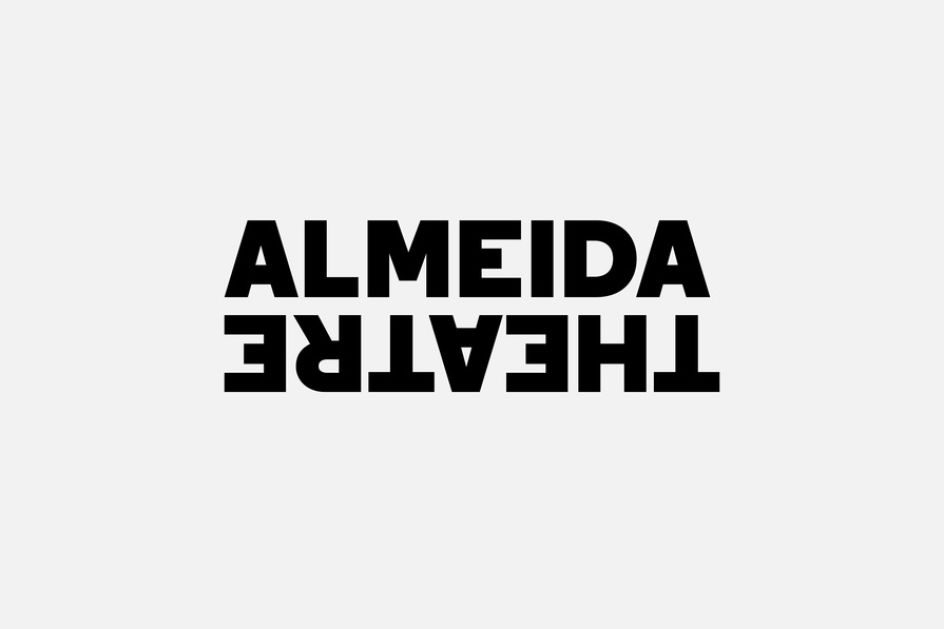
Almeida Theatre branding
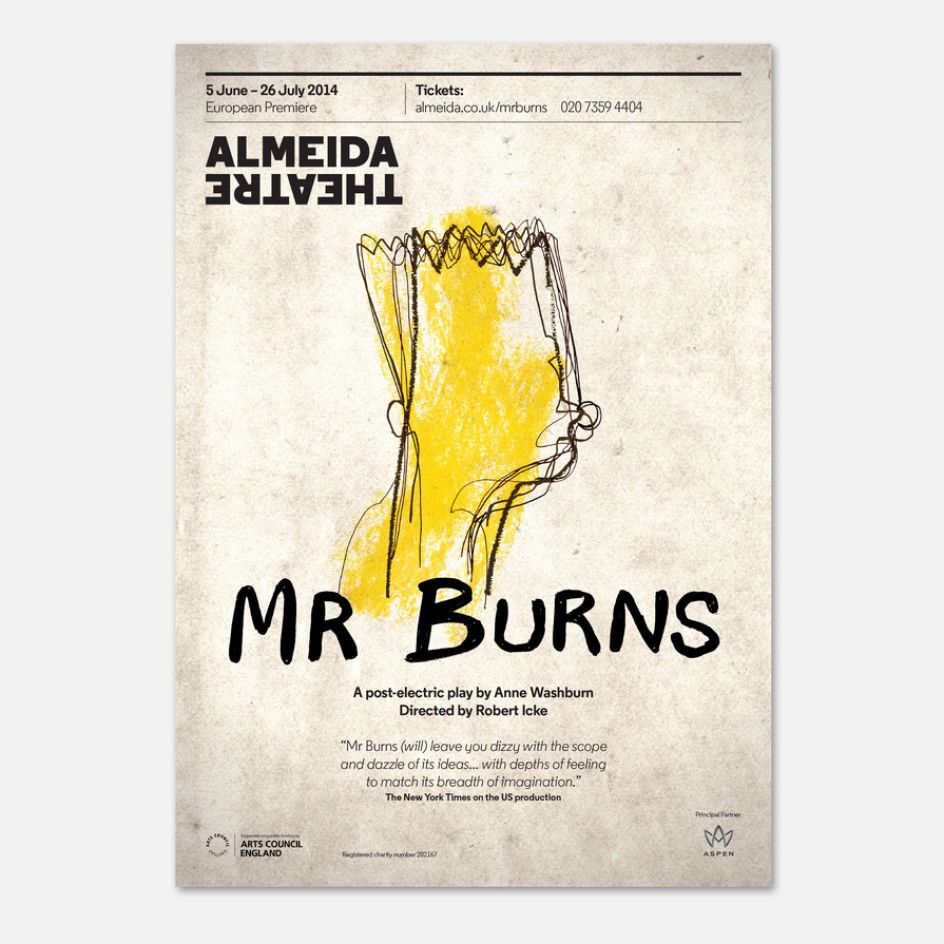
Almeida Theatre branding
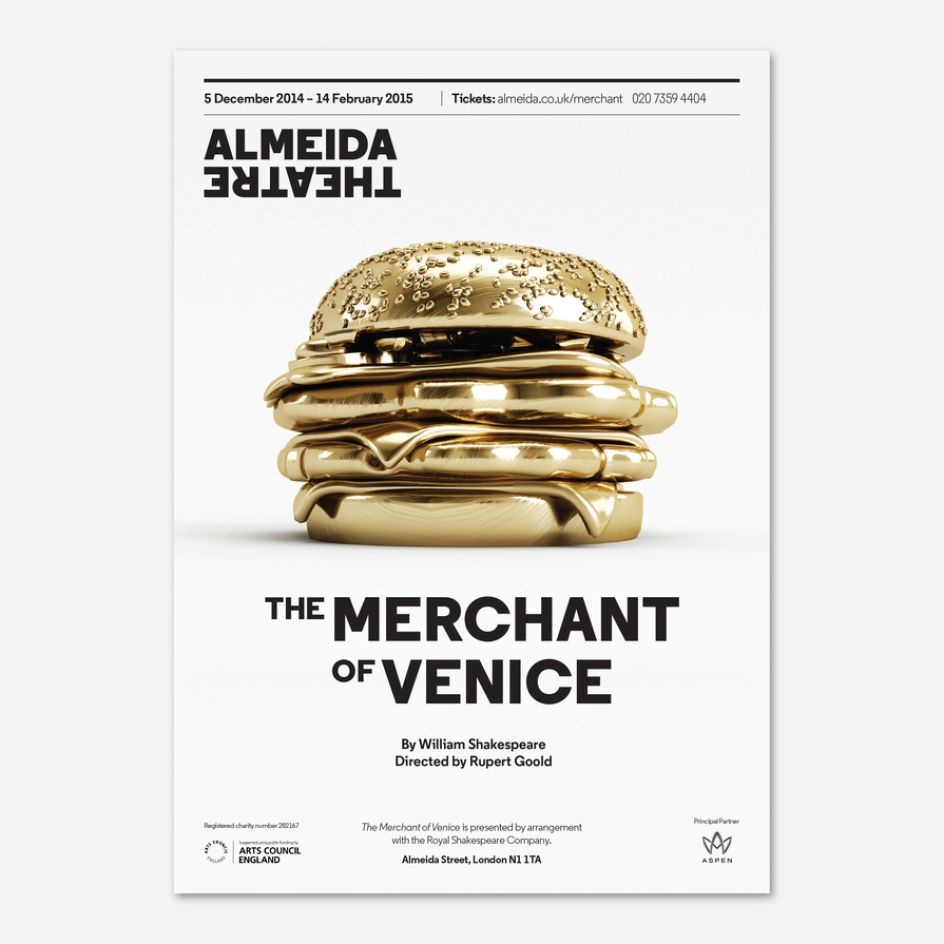
Almeida Theatre branding
So what makes good client?
Whether or not it’s a really amazing creative project to solve. The budget’s also really important. There's no point doing something worth tuppence when you won’t get anything out of it. All jobs, big or small, take the same amount of time and thinking.
Where you’re based near the Tate Modern, the Southbank centre, and lots of other amazing cultural spots, how much do you engage with those? Does looking at art inform your design work much?
Not as much as we should do. There’s a famous quote from Tibor Kalman that says 'all design comes from art' or something along those lines, and you look at the art world to inspire you.
It’s really lucky to have the Tate just there as we’re members so you can just lose yourself in colour or surrealism or whatever show's on at the time. We did all the Tate membership years ago, so we give all our staff Tate membership and say go next door, get out and take a walk around an art gallery. Pop art is probably my favourite.
Do you think that subliminally influences your “advertorial” approach?
Probably – simple, bold, brash, type… I don’t know, people think they want to come from this minimalist Swiss style and you can’t help be influenced by that. But if you look at everything we do there’s a strong system and foundation like their three column grid but with a lot of colour. Anyone can do Swiss typography really, can’t they? Anyone can look at all these websites and find a nice bit of typography and copy it. I’m being fickle, I love Swiss design really.
Now that there’s so much access to all these styles and everyone works using computers and the internet, how has that shifted the way you work?
When I was at art college there weren’t any computers. I don’t want it to sound all ‘back in my day’ but it was about ideas and thoughts. You really had to think about what you wanted to do and have a solid idea before you had it made, as the nearest copier was two miles away in the town centre. Now everyone goes ‘Apple P’ and prints shitloads because they can’t make decisions. You can use [computers] as a tool and you don’t have to do boring typesetting. I used to fucking hate typesetting, seriously it was the most boring thing ever.
What’s your favourite part of the design process then?
Non-thinking, trying not to think about it. I think that your subconscious has already got it, and you need to wait for your conscious mind to catch up with your subconscious mind. Trying not to think about something is the hardest, because as a designer you think about it all the time. It’s also working as a team together, and chucking stuff out there.
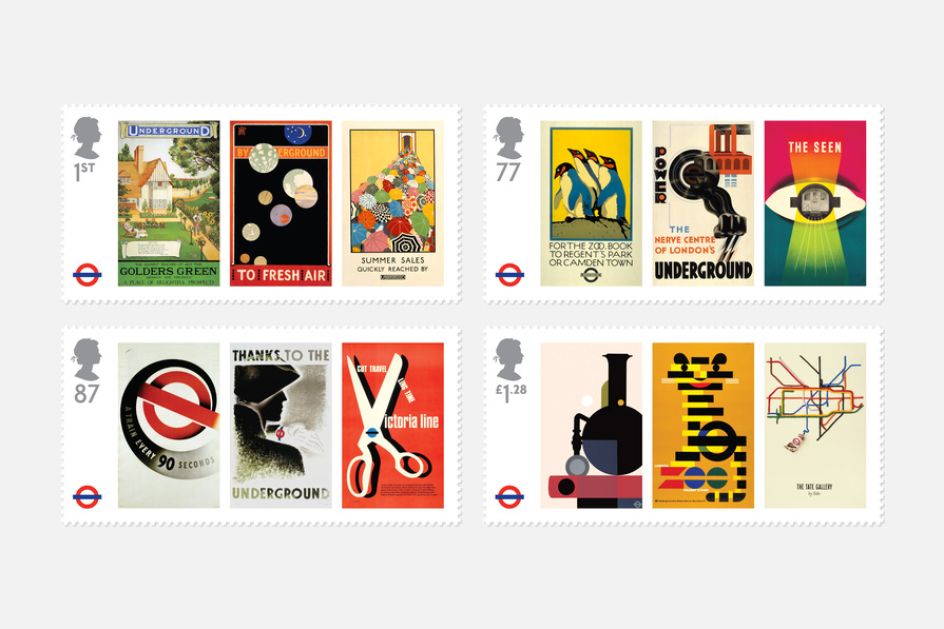
Royal Mail 150 years of the London Underground stamp set
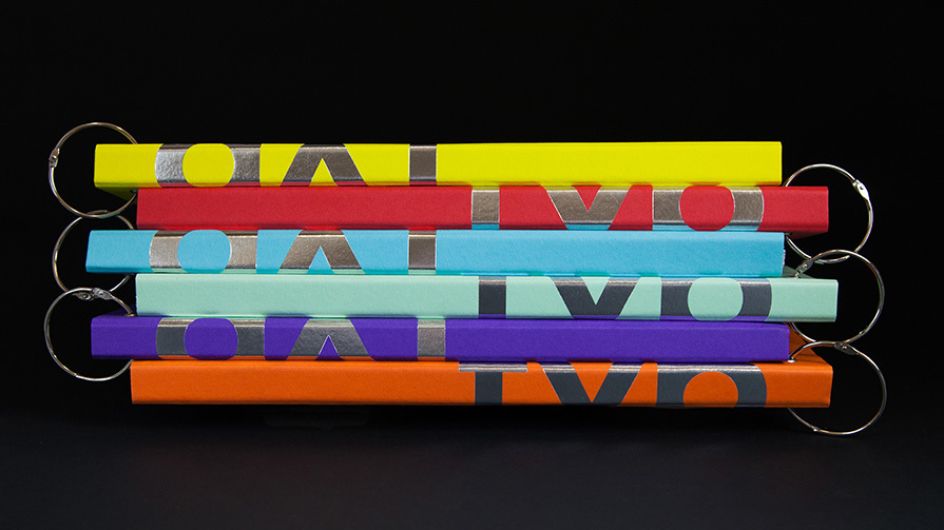
Work for Typographic Circle
What sort of people do you look for in that team?
Friendly, happy people without agendas. Really fucking talented people. Not people up their own assholes.
Do you think there are a lot of those in the design industry?
There’s a lot of people who think they’re better than what they are, really. But you get that everywhere.
So what does the next 20 years look like for NB?
I think we’d like to do bigger and better more international work , which Nick and I love. Just to grow the company, to double the size of the people would be nice – and do bigger, better work but still with creativity at our core. If you get too big you can sometimes lose that.
Nick Finney: I hope we’re able to hand over the reins at some point to some of the smarter kids here and I can just sort of potter in. I think the most rewarding jobs are the ones where we effect change in a positive way.
Tell me what you mean by ‘Creative Courage’
I think Nick came up with it when we were writing the play [NB wrote a play about the pitch process as their presentation at Design Indaba last year], and it holds us to account. It makes us bigger and better and challenges everything we do. We don’t want to become a stuffy, old dry design company that gets boring and tired.
Nick: It’s an internal mantra. It came about with the play, we soon realised we couldn’t write our own play but we liked the title Creative Courage, so kept that for ourselves. We’ve since written about what we think it is, and it’s become an internal mantra for us to become braver in projects and get us thinking outside of what we normally would do.
Anyone can move type around the page. A recent project is What Cricket, that’s us being a bit more proddy and pokey… that’s not very eloquent. We’re trying to be curious, and say ‘is this good enough'. It’s about stretching beyond the brief and reaching for something else that satisfies us and our clients. It’s saying yes to things we might have thought we were too scared to do.






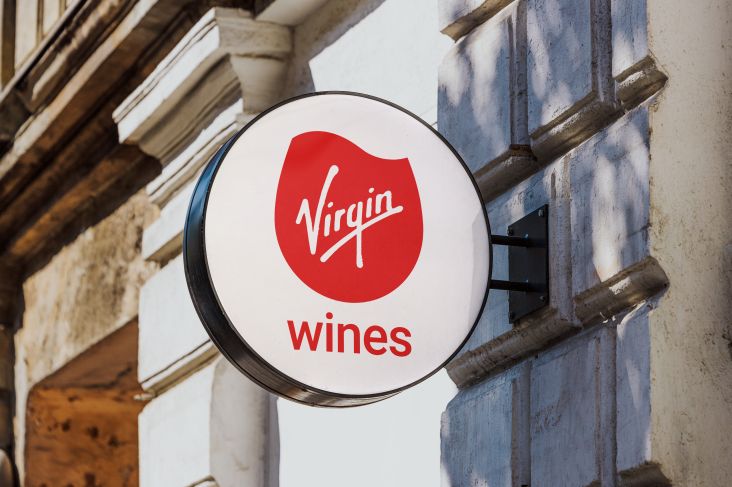
](https://www.creativeboom.com/upload/articles/86/862919952c0ad18439004228895a431dc6e45ffc_732.jpg)
